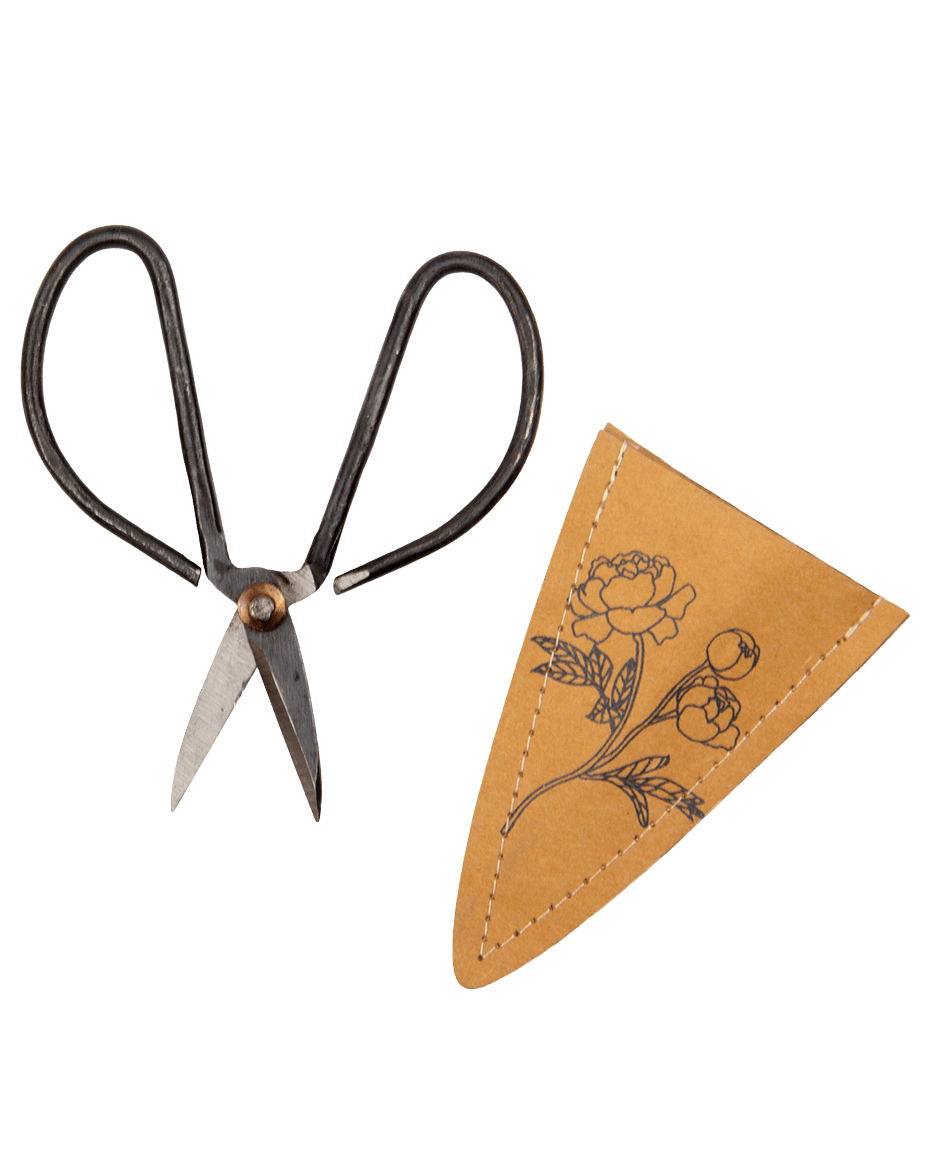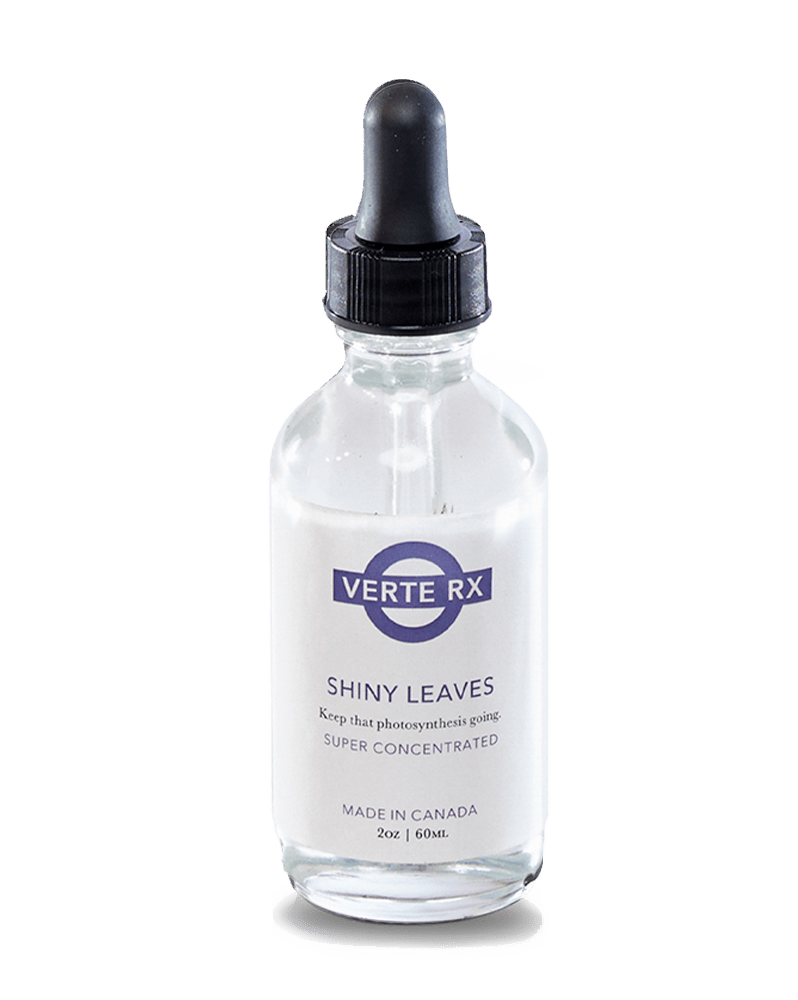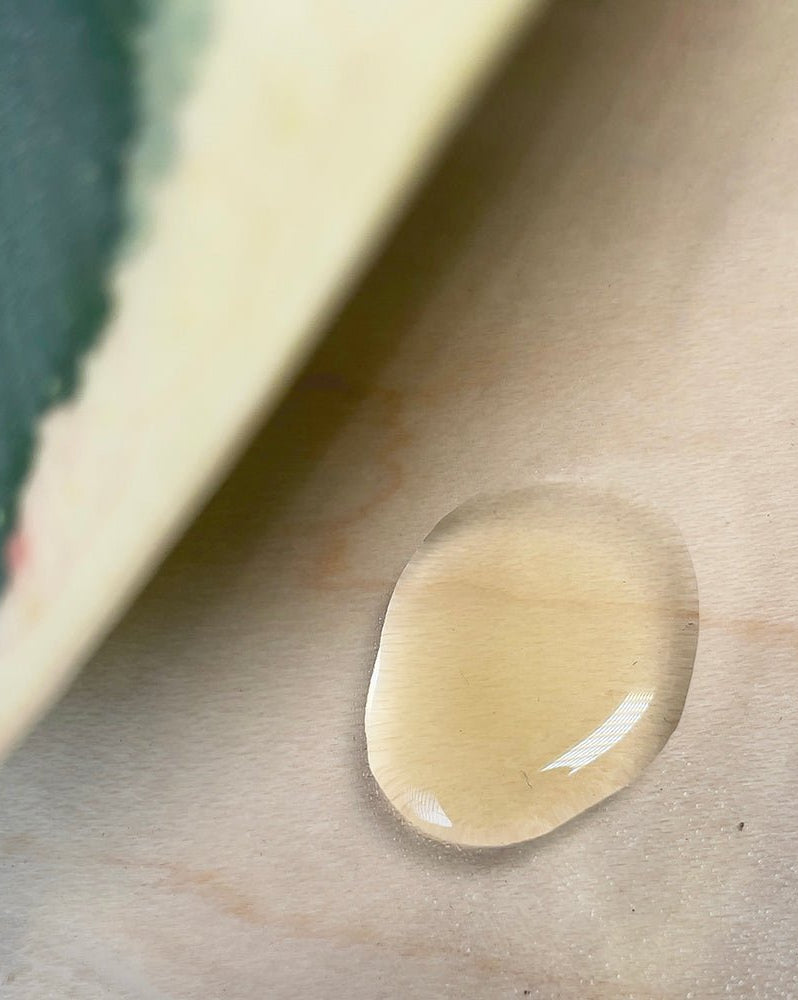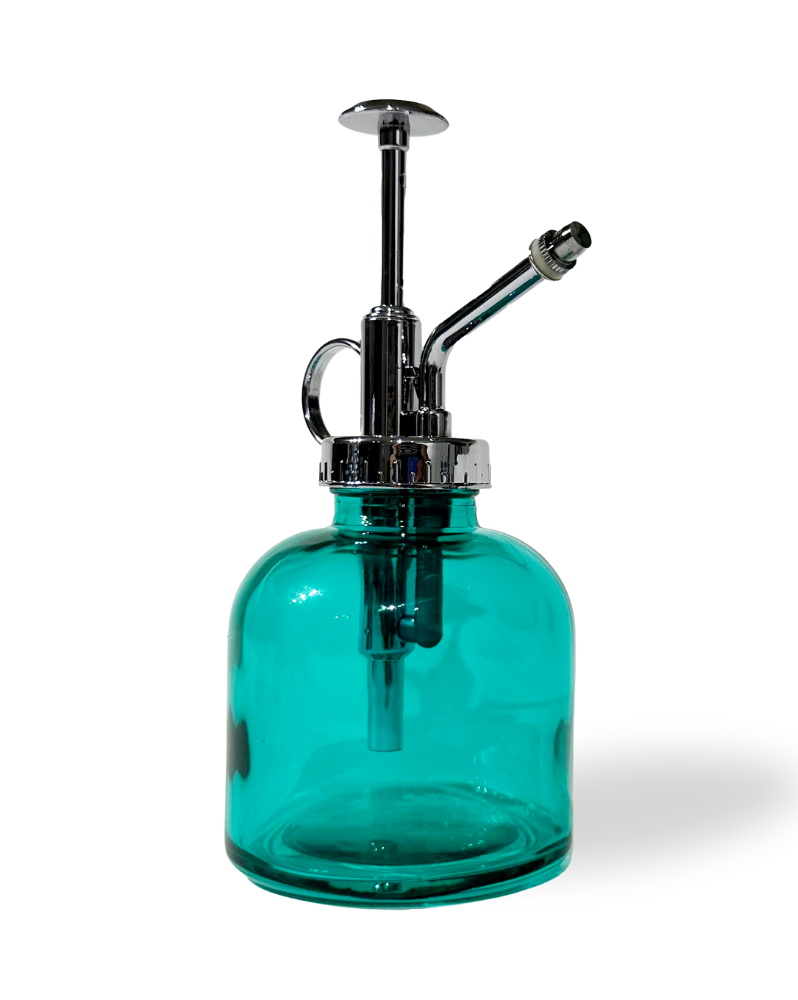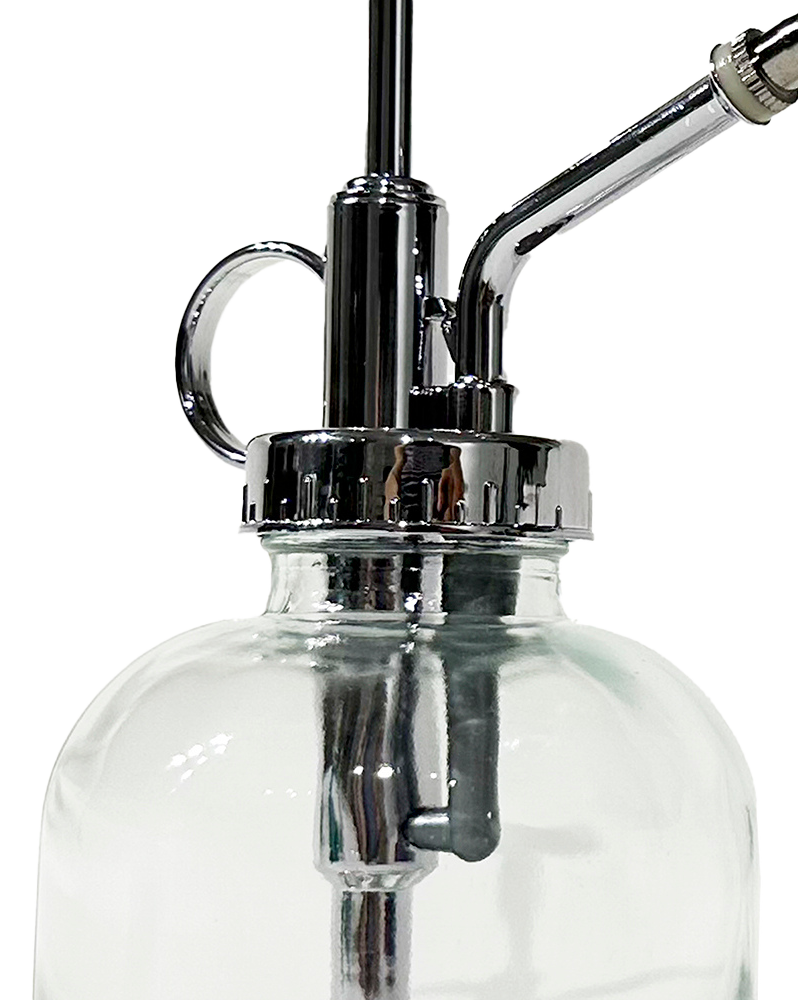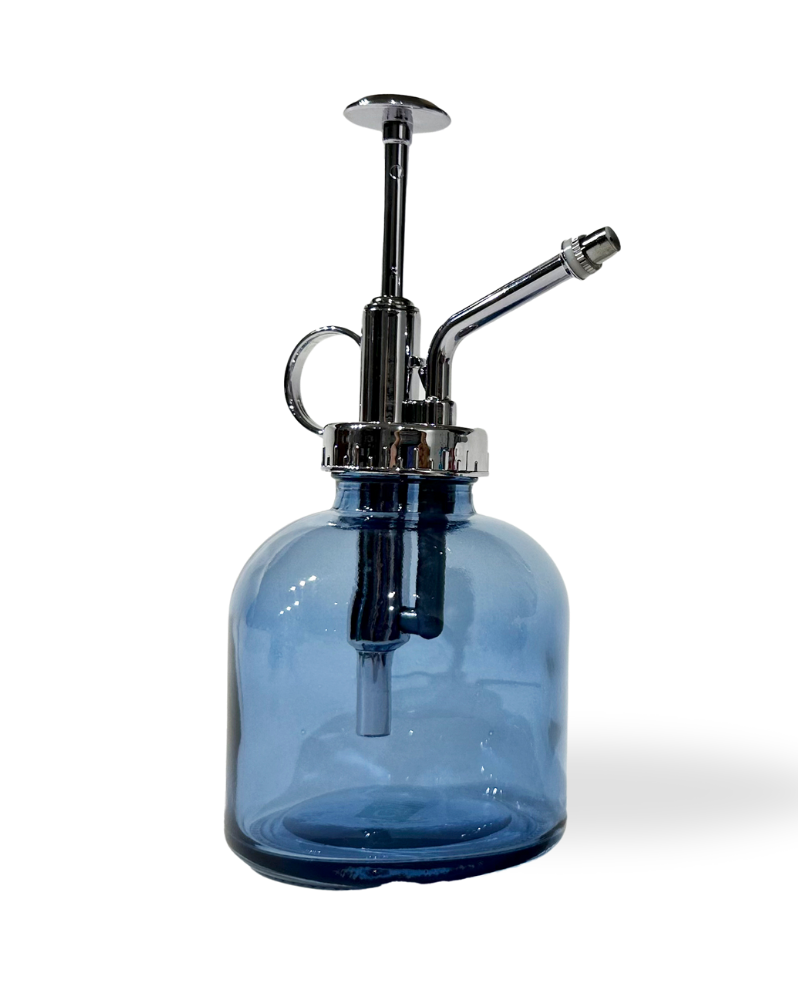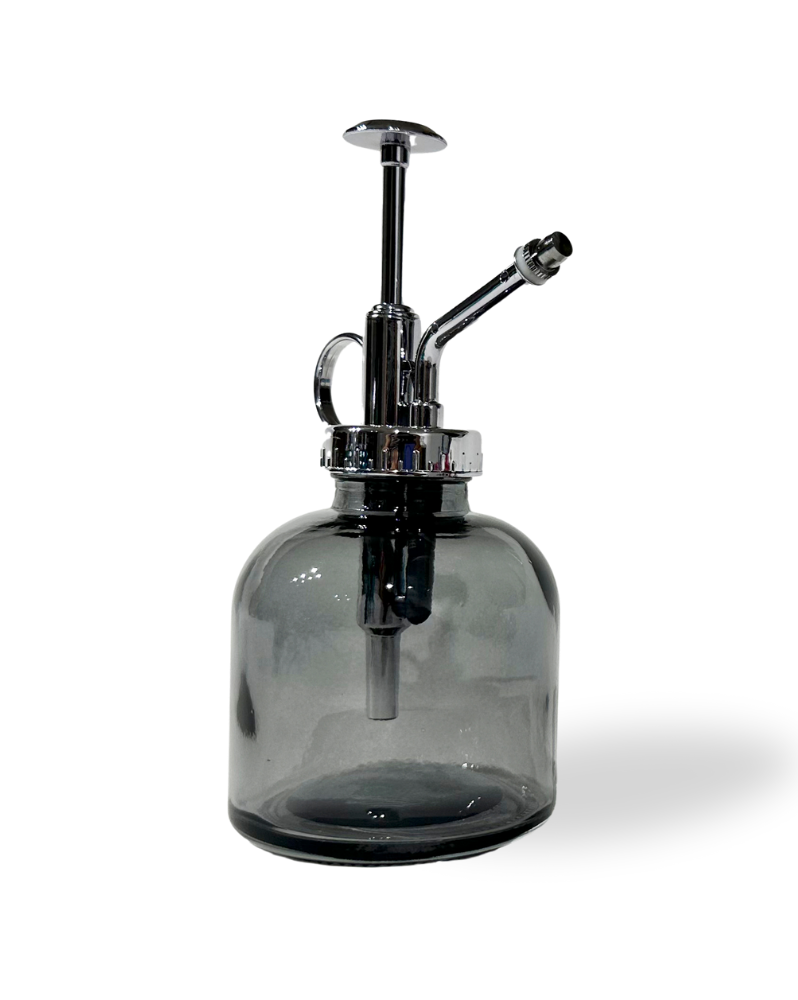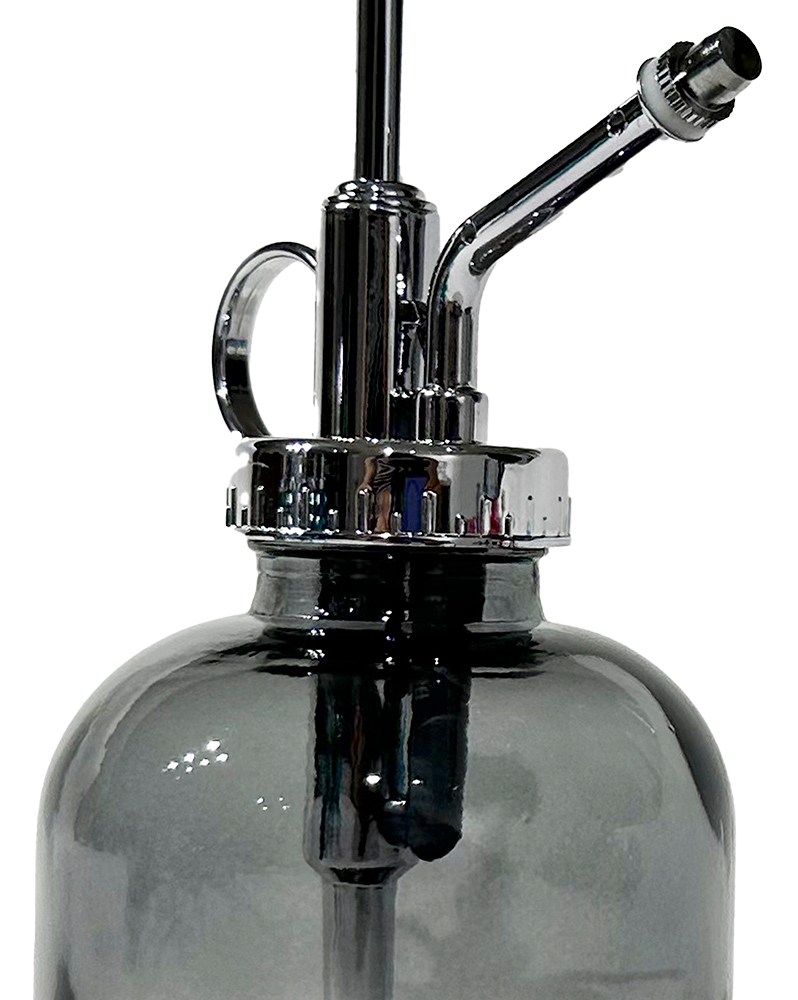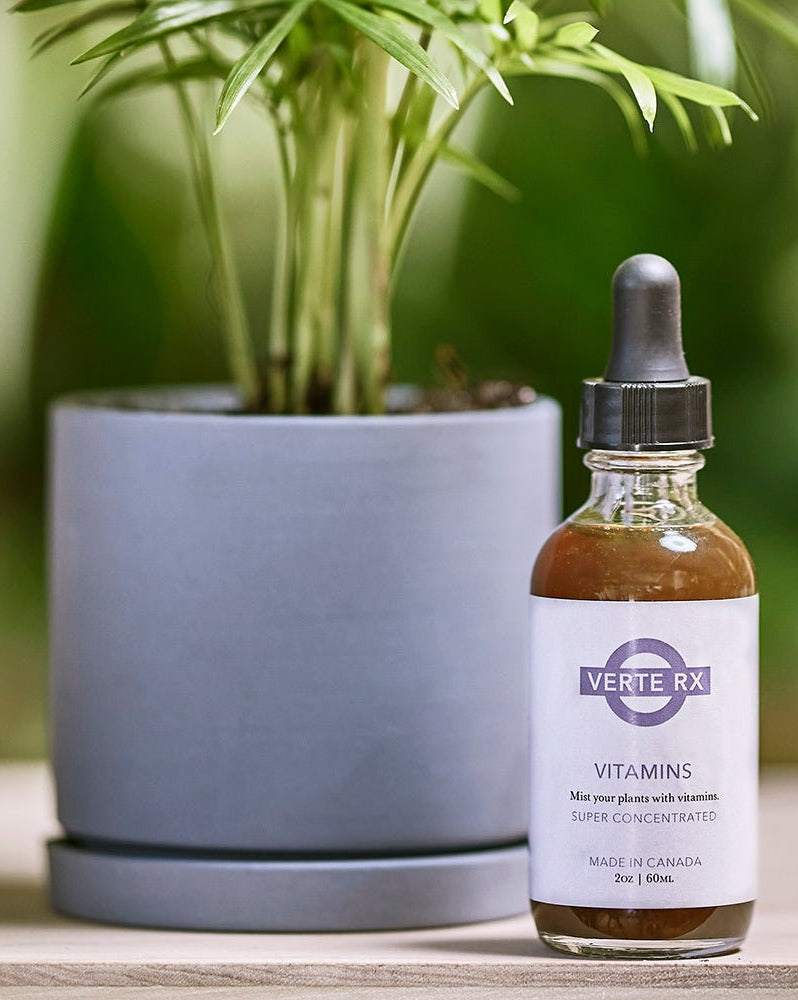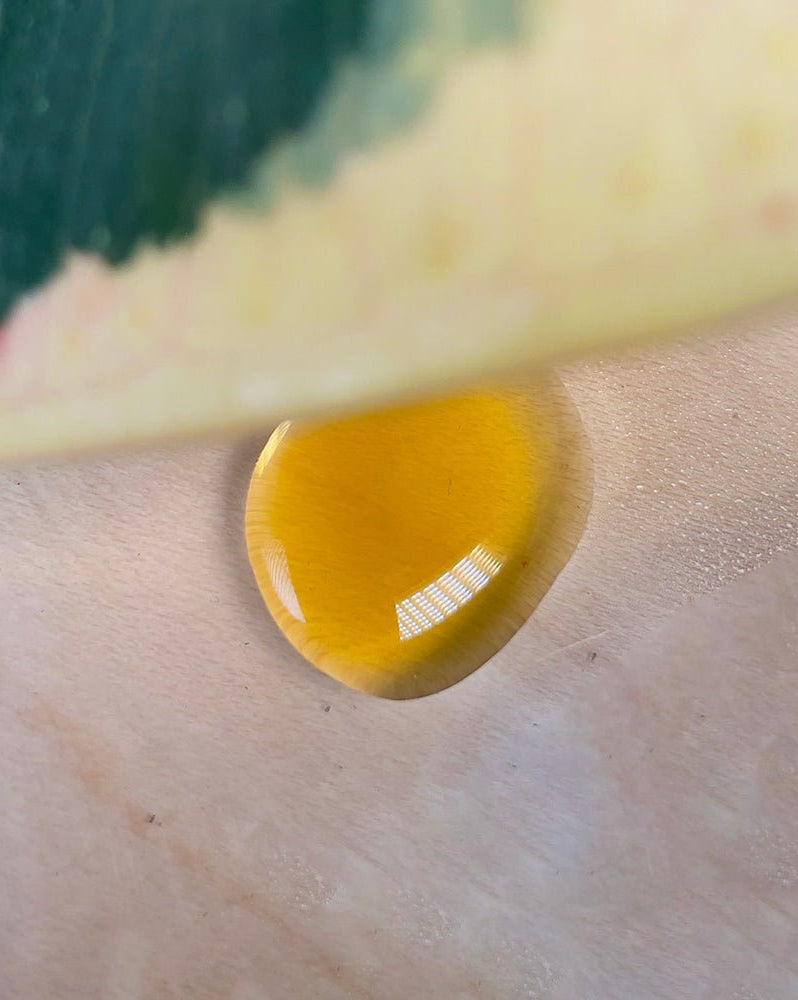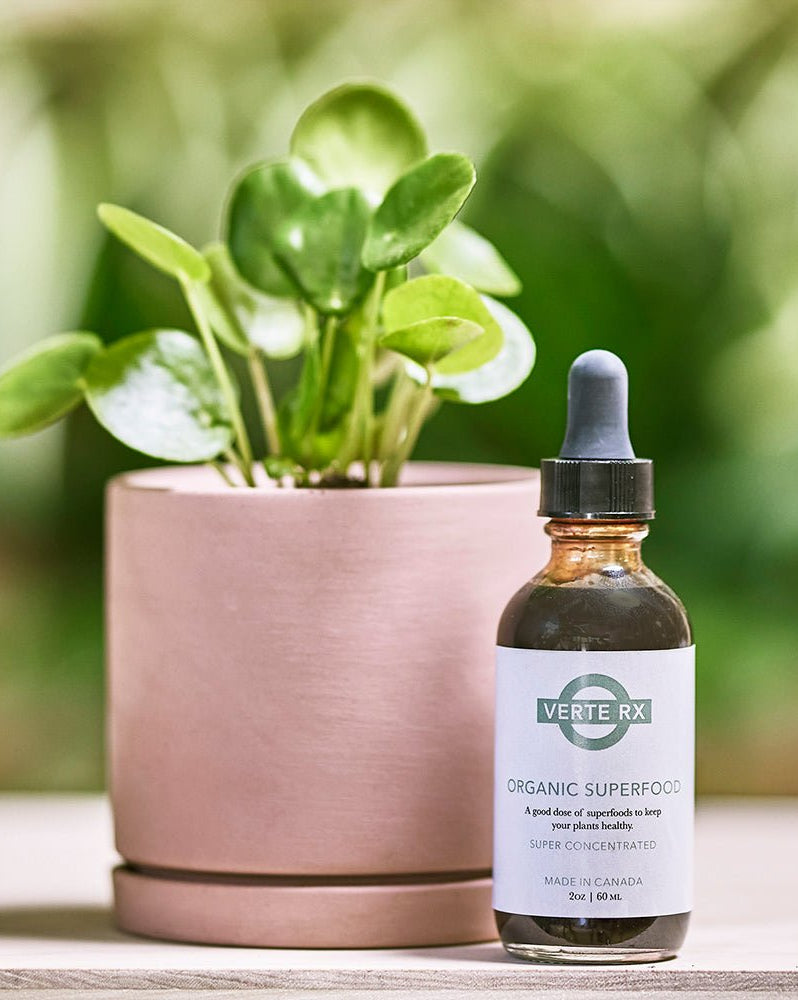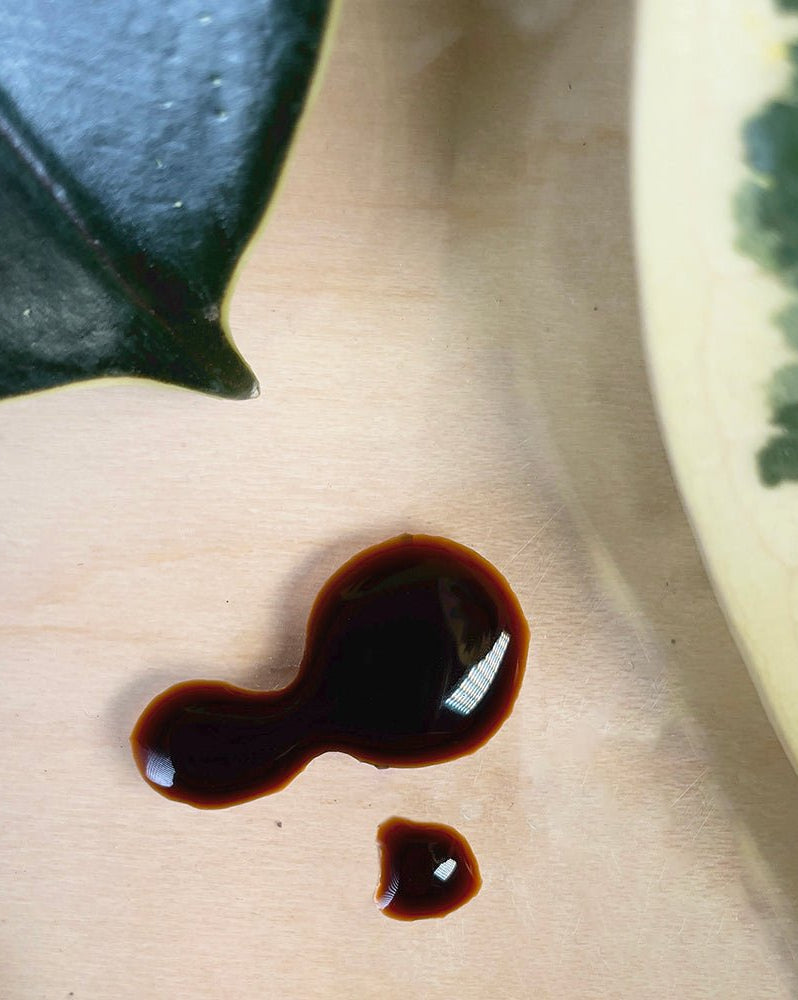One might think that plants simply grow without much intervention, but gardeners know better. Just like an unruly teenager's haircut, plants need regular pruning to maintain their dignity. The neighbors probably wonder about the person who stands in their living room on Sunday mornings, scissors in hand, whispering encouragingly to a fiddle leaf fig while snipping away dead edges. But this quirky ritual serves a purpose beyond mere aesthetics—pruning promotes healthy growth and prevents plants from developing unsightly bald spots or becoming so top-heavy they topple over during an enthusiastic watering session.
Pruning requires precision, a steady hand, and the ability to ignore the imagined screams of vegetation that certainly aren't happening. A sharp pair of scissors or pruning shears works best—kitchen scissors that have cut through chicken the night before might introduce unwanted bacteria to the vulnerable plant tissue. The ideal approach involves cutting at a 45-degree angle, approximately a quarter-inch above a node, which sounds impressively technical when explained to dinner guests who never actually asked about houseplants in the first place.
Snake Plant Leaves Curling: When Succulents Have Existential Crises
The snake plant, known for its stoic resilience and ability to survive neglect that would make other plants wilt in protest, occasionally experiences its own form of rebellion through curling leaves. These sword-like appendages begin to fold inward as if protecting themselves from the harsh realities of apartment living.
When snake plants start curling, they're essentially staging a passive-aggressive intervention about their care routine. Too much water? The leaves curl and silently judge. Too little water? Also curling, but with a different energy that only the most attuned plant parents can distinguish. The temperature too cold? Curling with what appears to be the plant equivalent of shivering. Somehow, these prehistoric-looking plants have mastered the art of communicating dozens of complaints through a single physical manifestation.
The solution typically involves a thorough examination of watering habits, light exposure, and occasional whispered apologies when nobody else is around. Adjustments might include moving the plant away from drafty windows or reducing watering frequency during winter months when the plant enters its semi-dormant "please don't drown me" phase.
Large Plants for North Facing Window: Light-Deprived Giants

Finding suitable plants for a north-facing window feels like matchmaking for the photosynthetically challenged. These windows, with their perpetually indirect light, host a special category of plants—those that have evolved to thrive in the dappled shade of forest floors or beneath the canopies of larger trees.
Cast iron plants live up to their name, displaying a steely determination to survive in conditions that would send sun-worshipping varieties into dramatic decline. Peace lilies adapt gracefully, though they occasionally produce fewer flowers as if hinting that more light would be appreciated but not demanded. ZZ plants grow with remarkable slowness in these conditions, adding perhaps an inch of height per year—perfect for those who prefer their greenery to age at approximately the same rate as fine wine.
Arranging these shade-tolerant varieties near north-facing windows creates an indoor jungle that whispers of resilience rather than shouting about tropical abundance. Their slower growth means less frequent repotting, which suits those who consider soil-under-fingernails a seasonal rather than weekly experience.
Why Turning Yellow: The Mystery of Plant Jaundice
Yellow leaves on houseplants trigger a particular type of horticultural panic. The plant equivalent of a sudden fever, these discolored appendages demand immediate attention and often send their caretakers into frenzied internet searches at midnight.
Several factors contribute to this botanical jaundice. Overwatering ranks as the most common culprit—essentially drowning the roots until they gasp for oxygen and signal their distress through yellowing foliage. Underwatering produces similar symptoms through entirely different mechanisms, creating a diagnostic challenge worthy of a plant detective show that should probably exist but doesn't.
Nutrient deficiencies also cause yellowing, particularly lack of nitrogen, which plants need to maintain their lush green appearance. Aging represents another possibility, as older leaves naturally yellow and drop to make way for new growth—a plant's version of gracefully accepting the passage of time while making room for the next generation.
Yellow Leaves on Plants: When Green Goes Gold

Plants communicate their needs through color changes with all the subtlety of a toddler's tantrum. Yellow leaves serve as the universal plant distress signal, waving frantically while screaming, "Something's wrong!" without specifying exactly what that something might be.
Examining the pattern of yellowing provides clues to the underlying issue. Lower leaves yellowing first? Likely nitrogen deficiency or natural aging. Upper leaves yellowing? Potential iron deficiency or light problems. All leaves yellowing simultaneously? Total system failure requiring immediate intervention, possibly in the form of a new pot, fresh soil, or relocation away from that mysteriously cold draft no human can detect but plants seem universally offended by.
The appropriate response involves removing the affected leaves (they won't turn green again), adjusting care routines, and perhaps offering an encouraging pep talk while doing so. Plants don't understand English, but they respond remarkably well to positive energy and corrected watering schedules.
Leaf Curl Edges Up: The Botanical Equivalent of a Smirk
When leaf edges curl upward, the plant has entered the realm of passive-aggressive communication. This symptom typically indicates excessive light exposure—essentially the plant version of squinting in bright sunshine. The leaves attempt to reduce their surface area exposed to light, curling inward like a person shielding their eyes from an unexpectedly bright day.
Environmental factors such as low humidity also cause upward curling. The plant, desperate for moisture, attempts to create a microclimate around its leaves by forming this cup-like shape. It's remarkably similar to the way humans cup their hands around their mouths when shouting across a distance, except plants are whispering, "More humidity, please," in a language only other plants understand.
The solution might involve moving the affected plant away from direct sunlight, increasing ambient humidity through pebble trays or humidifiers, or accepting that some plants simply prefer to live with a perpetual smirk.
Leave Color Change: The Seasonal Fashions of Foliage

Plants change leaf colors like fashionable Parisians change outfits between seasons. These color shifts often signal normal transitions—variegated plants producing new patterns, seasonal changes in light intensity triggering adaptive responses, or the plant equivalent of a mood ring reacting to environmental conditions.
Some plants, like prayer plants, demonstrate diurnal color changes, with leaves appearing deeper green during the day and slightly lighter at night. Others, like crotons, seem to reinvent their color palette based on mysterious internal calendars known only to themselves. These natural variations add tremendous visual interest to indoor gardens while simultaneously causing anxiety for those who associate any change with potential problems.
Abnormal color changes—brown spots, blackening edges, or sudden loss of variegation—warrant investigation. These shifts might indicate pest infestations, fungal diseases, or sudden changes in growing conditions that have pushed the plant beyond its adaptive capacity.
Indoor House Plant Care: Becoming the Benevolent Dictator of a Tiny Green Kingdom
Successful indoor plant care requires becoming a benevolent dictator to a community of organisms that cannot speak but somehow still manage to have very specific demands. Water quality, light exposure, humidity levels, and fertilization schedules must be monitored with the attention of someone preparing for a space mission rather than simply maintaining decorative greenery.
Different plants within the same household often require contradictory care routines—succulents sulking if watered more than monthly while ferns dramatically collapse without twice-weekly misting. This creates a logistical challenge similar to feeding a room of toddlers with conflicting dietary restrictions and equally strong opinions about them.
The reward for this careful attention comes in the form of thriving plants that grow new leaves, produce flowers, or simply continue existing without complaint. There's something deeply satisfying about maintaining this delicate balance, even when it occasionally involves talking to plants in public spaces when no one else is around.
How to Clean Plant Leaves: Spa Day for the Chlorophyll-Endowed
Plants living indoors collect dust just like furniture, except they can't be vacuumed without causing trauma. Cleaning plant leaves improves their aesthetic appearance while also serving the practical purpose of allowing better light absorption for photosynthesis—essentially the equivalent of washing windows to let more sunshine into a room.
Large-leaved plants benefit from gentle wiping with a soft, damp cloth. Applying this technique to ferns or other feathery plants would be like trying to comb a cloud—impractical and slightly absurd. These more delicate varieties appreciate occasional misting or a gentle shower in the bathroom sink, provided the water pressure doesn't cause them to bend dramatically in what looks suspiciously like plant terror.
Some enthusiasts swear by cleaning leaves with diluted milk, claiming the slight residue leaves a pleasing shine while deterring pests. Others use commercial leaf shine products, though these can sometimes block the leaf's stomata—tiny pores responsible for respiration—like applying too much makeup and clogging human pores. A simple water wipe typically suffices without risking botanical acne.
Through all these care routines and occasional crises, houseplants continue their silent observation of human life, neither judging nor approving but simply existing alongside their caretakers. Perhaps that's their greatest appeal—these green roommates demand attention without conversation, provide beauty without vanity, and forgive occasional neglect with a resilience most relationships would benefit from adopting.
Clay & Chlorophyll
After twenty-one years of coaxing clay into shapes that vaguely resemble something functional, one begins to recognize a certain look in customers' eyes—the moment they convince themselves they absolutely need a planter shaped like a sleeping cat with plants sprouting from its dreams. The humble Chive operation has somehow infected 8,000 garden centers worldwide with these ceramic fever dreams, each piece leaving the Toronto studio on Queen Street with the same silent question: "Will normal people actually buy this?"
The shop itself exists in a perpetual state of creative chaos, wedged between establishments whose purposes seem marginally more legitimate. Locals wander in, touch everything despite the unspoken rule against such behavior, then leave with something that will inevitably confuse their houseguests.
The annual pilgrimage to Chelsea Flower Show means packing the sturdiest creations and perfecting the art of nodding knowingly at British celebrities who could be Parliament members or contestants from a baking competition—impossible to tell without proper cultural context. "Of course we recognize you," the smile says, while the brain frantically searches for context clues.
The Verte RX plant supplements remain the shop's steadiest sellers, promising to transform sickly stems into lush foliage. Watching a customer's skepticism transform into horticultural optimism creates a satisfaction normally reserved for witnessing someone abandon deeply held political beliefs after a three-minute conversation.




















